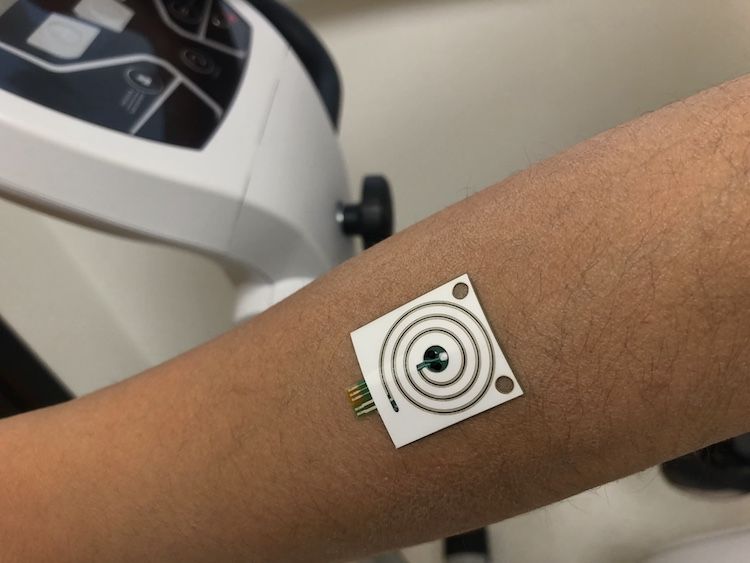From the Errol Morris tv series First Person.
This episode features the eccentric Saul Kent, promoter of cryogenic immortality.
From the Errol Morris tv series First Person.
This episode features the eccentric Saul Kent, promoter of cryogenic immortality.
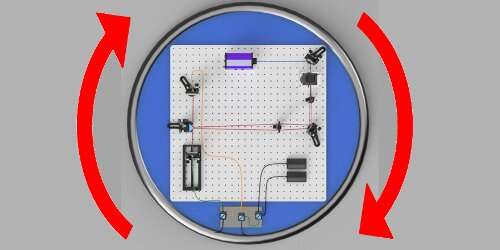
A team of researchers from the University of Glasgow and the University of Southampton has devised a novel way to test quantum mechanics in a non-inertial reference frame by using a rotating interferometer. In their paper published in the journal Physical Review Letters, the group describes studying the Hong-Ou-Mandel interference using fiber coils on a rotating disk, and what they found.
As physicists struggle with the problem of uniting general relativity and quantum physics, they devise new ways to test both. In this new effort, the researchers noted that the two theories are consistent under some conditions—such as when gravity is very weak, or when modest acceleration is involved. In their experiment, they chose to test the Hong-Ou-Mandel interference, in which entangled photons are sent on different paths along a circular track—one clockwise, the other counterclockwise. Theory suggests that when such entangled photons are reunited, they should bunch together and move toward one detector or the other. Conversely, non-entangled photons should travel toward either detector randomly.
In their experiment, the researchers set fiber cables on a rotating disk along with sensors for reading where the photons went after passing through the cables. They then sent a stream of entangled photons through the fiber cables (one clockwise, the other counterclockwise) and noted how they behaved as the disk was rotated—a means of applying a non-inertial reference frame. The researchers report that, as expected, the entangled photons did, indeed, bunch up and march off to a sensor together after being reunited with a beam splitter. More importantly, they noted that applying a non-inertial reference frame resulted in one of a pair of photons arriving a little later than the other, which in turn had an impact on the bunching signals the team recorded.
Cambridge engineers have developed a new augmented reality (AR) head mounted display (HMD) that delivers a realistic 3D viewing experience, without the commonly associated side effects of nausea or eyestrain.
The device has an enlarged eye-box that is scalable and an increased field of view of 36º that is designed for a comfortable viewing experience. It displays images on the retina using pixel beam scanning which ensures the image stays in focus regardless of the distance that the user is fixating on. Details are reported in the journal Research.
Developed by researchers at the Centre for Advanced Photonics and Electronics (CAPE) in collaboration with Huawei European Research Centre, in Munich, the HMD uses partially reflective beam splitters to form an additional “exit pupil” (a virtual opening through which light travels). This, together with narrow pixel beams that travel parallel to each other, and which do not disperse in other directions, produces a high quality image that remains unaffected by changes in eye focus.
(TT) — Thanks to the ingenuity of a blind inventor, people who lack sight can more easily navigate the world.
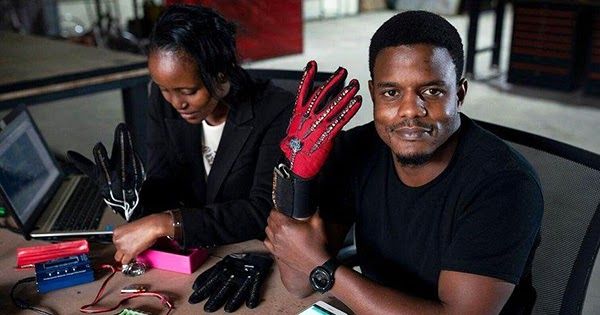
Shouldn’t the title just be “Engineer”? What an amazing product!
Roy Allela, a 25-year old engineer and inventor from Kenya, has found the ultimate solution to bridging the communication barrier between deaf and hearing people. He has invented the Sign-IO gloves that can translate signed hand movements to audible speech so deaf people can “talk” even to those who don’t understand sign language.
The Sign-IO gloves feature sensors mounted on each of the five fingers to determine its movements, including how much a finger is bent. The gloves are connected via Bluetooth to an Android app that Allela also invented which uses a text-to-speech function to convert the gestures to vocal speech.
Allela was inspired to create the gloves because he and his family struggled to communicate with his 6-year-old niece who was born deaf. “My niece wears the gloves, pairs them to her phone or mine, then starts signing and I’m able to understand what she’s saying. Like all sign language users, she’s very good at lip reading, so she doesn’t need me to sign back,” he said in an interview with The Guardian.
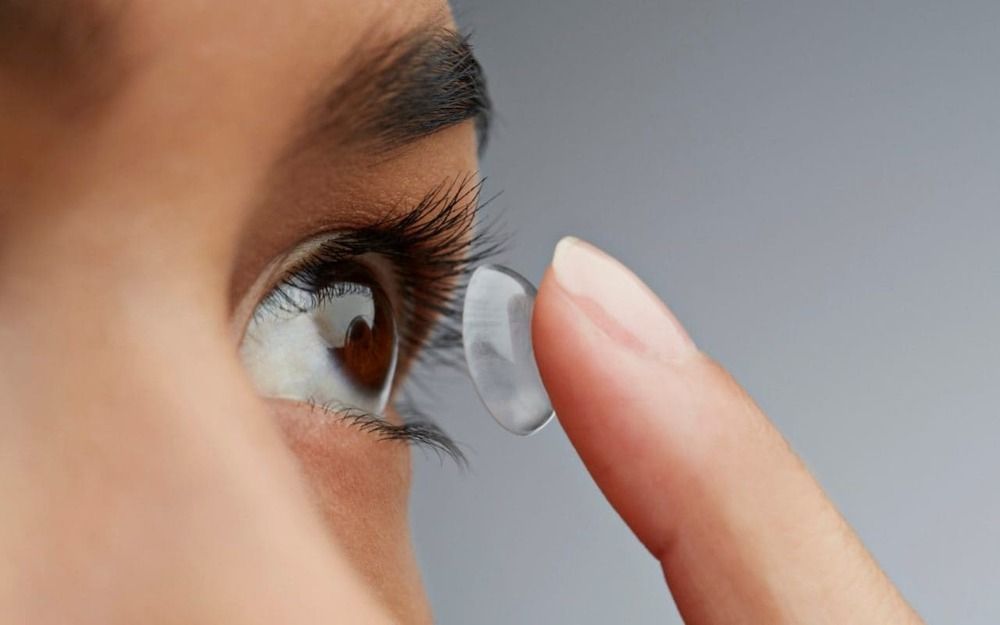
Of interest?
Contact lenses capable of recording video and taking pictures could one day become a reality after Samsung was granted a patent in the US to develop the technology.
The lenses feature motion sensors, which means that wearers could control devices with their eye movements and potentially give commands to their devices remotely when blinking or using their peripheral vision.

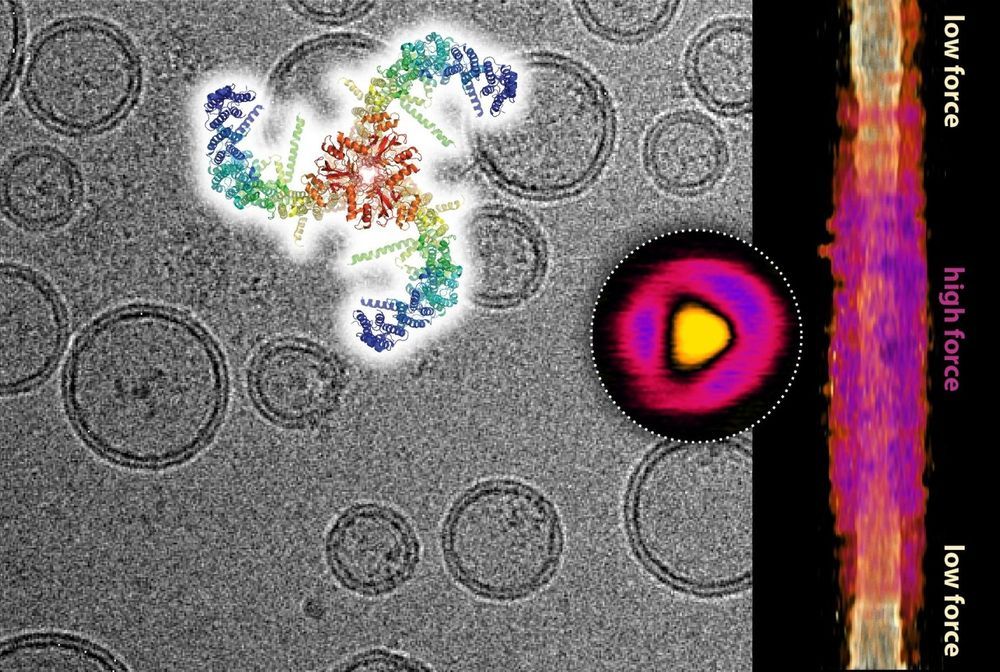
Researchers from Weill Cornell Medicine and the Rockefeller University say they have uncovered the basic mechanism of Piezo proteins, which function as sensors in the body for mechanical stimuli such as touch, bladder fullness, and blood pressure. The discovery opens up many new paths of investigation into the roles of Piezo proteins in human diseases and potential new therapeutic strategies, according to the scientists.
In the study (“Force-induced conformational changes in PIEZO1”), published in Nature, the team used advanced microscopy techniques to image the Piezo1 protein at rest and during the application of mechanical forces. They confirmed this complex protein’s structure and showed essentially how it can convert mechanical stimuli into an electrical signal.
“Piezo1 is a mechanosensitive channel that converts applied force into electrical signals. Partial molecular structures show that Piezo1 is a bowl-shaped trimer with extended arms. Here we use cryo-electron microscopy to show that Piezo1 adopts different degrees of curvature in lipid vesicles of different sizes. We also use high-speed atomic force microscopy to analyze the deformability of Piezo1 under force in membranes on a mica surface and show that Piezo1 can be flattened reversibly into the membrane plane,” the investigators wrote.
